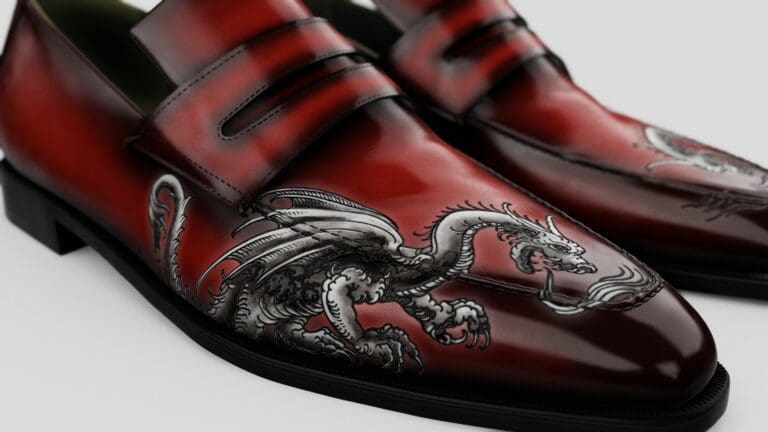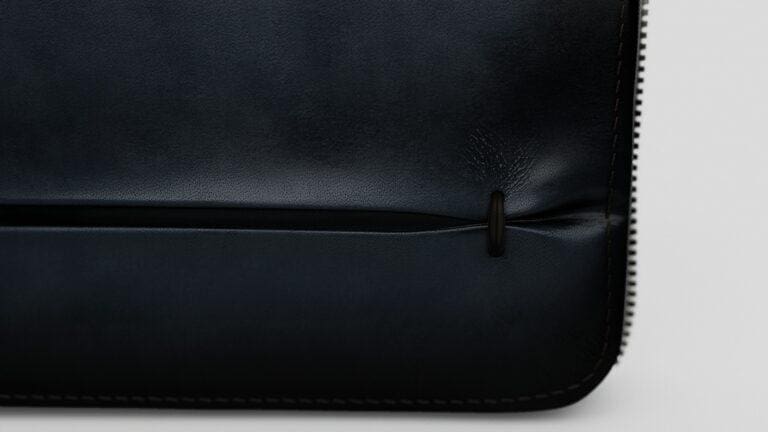The importance of 3D configurators for customer experience in the luxury industry
The importance of 3D configurators for customer experience in the luxury industry Table of Contents In the luxury industry, where attention to detail, exclusivity, and

As we are all aware, the luxury industry is in complete transformation due to new customer expectations and the emergence of new technologies. It is no longer the product itself that matters, it is the surrounding experience. In this sense, 3D has disrupted the way brands interact with consumers.
Initially, luxury brands were only using 3D as a tool to entertain their audience. Over time, thanks to various technologies leveraging 3D (e.g. augmented reality, virtual reality) and start-ups such as Smartpixels, brands have been able to develop exceptional experiences for their customers.
They realized that 3D visuals facilitate customization and manufacturing on demand, both of which are very important to new generations of consumers who seek to co-create with brands and be involved in the creative process.
Dior’s projection mapping experience realized by SmartPixels
In order to offer an immersion in the brand’s creative universe, luxury brands have turned to 3D animation and augmented reality. Through “storytelling” experiences, brands stage themselves and tell their story and the ones of their products.
Augmented Reality (AR) uses 3D technologies to create intangible objects for the users to interact with. This technology offers new perspectives on shopping experiences, and it is gradually revolutionizing the world of e-commerce.
These experiences sometimes leverage the use of projection mapping, which is a projection technology used to turn objects into a display surface for video projection. In other cases, customers are encouraged to scan a product with their smartphone in order to see the animations appear on their phone.
Through the wonder and surprise effect they provoke, these Augmented Reality experiences attract consumers to stores and generate traffic. They also help luxury brands to increase their visibility and strengthen their consumer loyalty.

In addition to the importance of creating in-store experiences, 3D is also relevant to the online experience. Indeed, 3D visuals help overcome the main obstacle of online shopping: the intangibility of the products.
They enable the product to look and feel as realistic as possible. Visuals created from 3D scanning* can feed product configurators and experiments. In addition, 3D visualization enables zooming or rotating, which is not feasible using photography.
According to a consumer panel, 95% of respondents prefer an interactive 3D representation of the product to a video.
Once products have been scanned, it only requires a few more steps to enable personalization. As we saw in a recent Deloitte study, 1 in 5 consumers is willing to pay a 20% premium for personalized products. Thus, it would be a shame not to leverage the full potential of 3D prototyping and visualization.
3D real-time product configurator realized by SmartPixels for Carolina Herrera’s boutique
As we just mentioned, product configurators can easily be built from 3D visuals and help visualize made-to-order offers.
Given the expectations of new generations who wish to participate in the product creation process, product customization offers are flourishing in the luxury market.
However, these complex offers are not always simple to picture for consumers, who no longer accept not knowing what they are buying. Today, people expect at least 8 different images per product page, up from 3 in 2016. This is one of the main reasons why brands rely on SmartPixels.
Thanks to 3D, it is possible to visualize products that do not exist in real life, yet with limitless possible variants: materials, colors, fit, etc. Placed in a configurator, the personalization offer allows you to quickly and easily test endless possibilities. It is then up to the brand to choose how to display this offer.
In a boutique, for example, the configurator can be integrated into a video projection system on a white product (Cf. Adidas’ System) or be visualized on a screen (Cf. Chloe’s experience). Both methods display the consumer’s choices in real-time, allowing them to see exactly what their order will look like.

In the luxury sector, where made-to-order manufacturing is widespread due to the degree of customization allowed, product configurators are proving to be very useful tools.
3D product configurators are extremely valuable both for brands and for consumers who appreciate an interactive creative experience. The in-store experience is then very easily replicable on an e-commerce platform, which is essential today. To illustrate, 98% of millennials and Generation Z have a smartphone. In addition, online luxury commerce, which currently accounts for 12% of global consumption, is targeted to increase to 25% by 2025.
Overall, luxury brands can leverage the use of 3D in many ways to create unique customer experiences both in-store and online. The change in expectations of new generations of consumers in luxury enhances the desire for co-creation and thus creates a need for brands to allow customization of products.
Personalization, achieved by leveraging 3D technology, is a winning strategy as it allows brands to build customer loyalty, sell their products at a higher price, generate cross-sell opportunities, and multiply conversion rates by 2.5 on average.
SmartPixels is an expert in hyperrealistic 3D visuals. We stand out due to the caliber of our real-time, photorealistic renderings. We faithfully recreate the product, right down to its “defects,” in order to make it as lifelike as possible.
The importance of 3D configurators for customer experience in the luxury industry Table of Contents In the luxury industry, where attention to detail, exclusivity, and
3 ways of using 3D product customization to become more sustainable Table of Contents Nowadays, around 90% [1] of Gen Z consumers are more inclined
Revolutionizing Product Personalization: the case of Globe-Trotter Table of Contents How SmartPixels Transformed Globe-Trotter’s product personalization experience? In this client testimonial, Ryan Vaughan, the digital
Omnichannel strategy: the keys to a successful experience Chloé Tokyo store with a personalization experience created by SmartPixels The global pandemic has forced brands around
How to boost your sales with product personalization? Why personalization matters ? 3D personalized renderings realized by SmartPixels for Chloé bags For the luxury industry, product
Why should watchmakers invest in product configurators? TAG HEUER 3D rendering by SmartPIxels Luxury consumers have a strong appetite for one-of-a-kind items. Therefore, when purchasing a